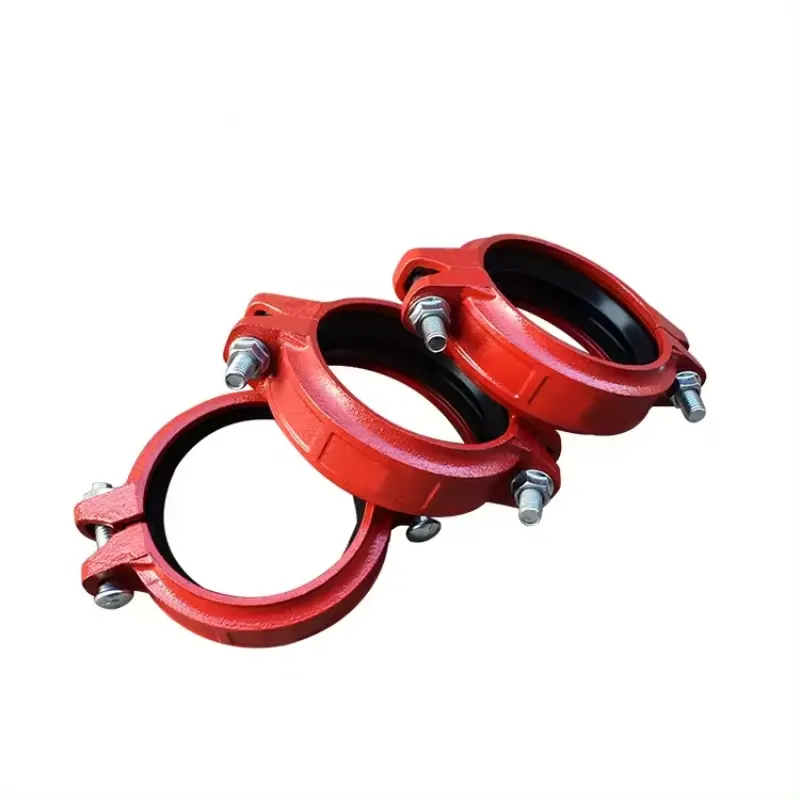Aluminum rigid couplings accommodate changes in pipe direction or elevation by providing a flexible and secure connection method that allows for angular movement and adjustment between pipe segments.
Here’s how aluminum rigid couplings achieve this:
- Swivel Design: Aluminum rigid couplings often feature a swivel design that allows the coupling to rotate freely around the pipe axis. This swivel capability enables the coupling to accommodate changes in pipe direction without inducing stress or strain on the piping system.
- Angular Deflection: Aluminum rigid couplings are designed to accommodate a certain degree of angular deflection, allowing pipes to be installed at non-linear angles or to change direction smoothly. The coupling absorbs angular movement between pipe segments, ensuring a secure connection while maintaining proper alignment.
- Expansion and Contraction: Aluminum rigid couplings can also accommodate thermal expansion and contraction of the piping system. As pipes expand or contract due to temperature changes, the couplings flex slightly to absorb the movement, preventing stress buildup and maintaining joint integrity.
- Flexibility in Installation: Aluminum rigid couplings provide flexibility in installation by allowing pipes to be positioned at different elevations or angles relative to each other. This flexibility simplifies the installation process and eliminates the need for precise alignment, making it easier to accommodate changes in pipe direction or elevation during construction or maintenance.
- Adjustable Design: Some aluminum rigid couplings feature an adjustable design that allows for on-site customization and fine-tuning of the coupling’s orientation. Installers can adjust the coupling’s position to achieve the desired pipe alignment or compensate for minor deviations in pipe direction or elevation.
- Secure Connection: Despite their flexibility, aluminum rigid couplings provide a secure and leak-tight connection between pipe segments. The coupling’s locking mechanism ensures that the pipes remain firmly in place, even when subjected to external forces or hydraulic pressure.
- Corrosion Resistance: Aluminum rigid couplings are often coated or anodized to enhance their corrosion resistance and durability. This protective coating prevents rust and corrosion, ensuring long-term reliability and performance in various environmental conditions.
Overall, aluminum rigid couplings offer a versatile solution for accommodating changes in pipe direction or elevation while maintaining a secure and reliable connection. Their swivel design, angular deflection capability, and flexibility in installation make them well-suited for a wide range of piping applications, including HVAC systems, industrial processes, and water distribution networks.
